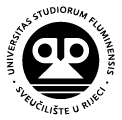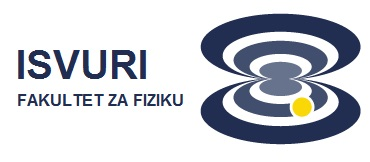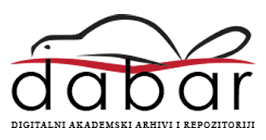Atomic Layer Deposition (ALD)
Laboratory equipment is purchased as part of the project "Research Infrastructure for Campus-based Laboratories at the University of Rijeka" (RISK), which is co-financed by the European Union under the European Regional Development Fund.

Beneq TFS 200 ALD system withplasma for PEALD and ozon generator
| Short description: | Atomic Layer Deposition (ALD) is a technique used for a deposition of thin anorganic films, characterized with an excellent precision of thickness of deposited films (in Å-nm range). |
| Main purpose: | ALD can be used to coat wafers, planar objects and porous bulk materials, as well as particles and complex 3D objects. The essence of this technique is to alternately expose surface of the substrate to two different gas compounds (precursors), and this process is repeated in a cyclic manner. The self-limiting aspect of ALD leads to excellent step coverage and conformal deposition, i.e. the deposited film is homogenious and non-porous. Most commonly synthesized materials in our ALD system are semiconductor or isolating thin films such as oxides: ZnO, Al2O3, TiO2, SiO2 and nitrides: AlN, TiN, Si3N4. |
| Technical specifications: |
Atomic Layer Deposition (ALD) instrument is a Beneq TFS 200 system.
|
| Year of manufacture: | 2015. |
| Source of founding: |
“Research Infrastructure for Campus-based Laboratories at the University of Rijeka” project financed by ERDF |
| Contacts: |
Assoc. Prof. D. Sc. Iva Šarić (+385 51 584638, iva.saric@uniri.hr) |
Contact
FACULTY OF PHYSICS
UNIVERSITY OF RIJEKA
Ulica Radmile Matejčić 2
51000 Rijeka
Tel.: +385 51 584 600
Fax: +385 51 584 649
Email: fizika@phy.uniri.hr














